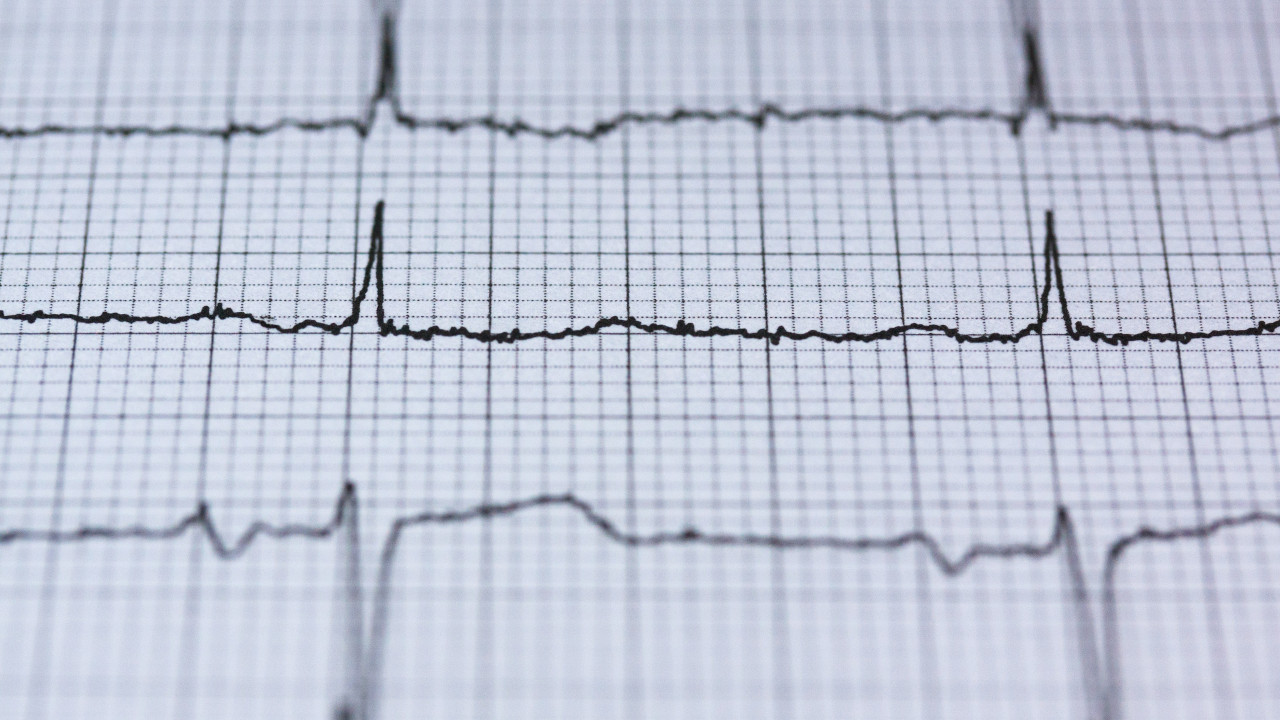AJRCCM Published online April 5, 2023 | https://www.atsjournals.org/doi/abs/10.1164/rccm.202206-1223OC
Digest author(s): Dimitrios Kantas | 29 May, 2023
The rationale between Obstructive Sleep Apnea (OSA) and its cardiovascular consequences is well established in the literature. It is related to hypertension, atrial fibrillation and other arrhythmias, heart failure, coronary artery disease, stroke, pulmonary hypertension, metabolic syndrome, diabetes, and cardiovascular mortality especially in people with more severe forms of the disease. i.e Apnea Hypopnea Index (AHI) >15 or individuals who continue to be symptomatic despite treatment with Continuous Positive Airway Pressure (CPAP). Focusing just to AHI or Respiratory Event Index (REI) does not capture other important aspects of OSA pathophysiology such as the degree and duration of hypoxemia, the distribution of events across sleep cycle, or sleep fragmentation. Despite the research on the matter the single ideal indicator, the “holy grail” for prediction of the cardiovascular disease (CVD) risk is still to be identified and probably needs further research. A recent addition called pulse wave amplitude drops (PWAD), uses finger pulse wave analysis which can be easily assessed using a signal derived from a pulse oximeter (based on Photoplethysmography-PPG). A low PWAD is suggesting a strong association with impaired vascular and/or autonomic nervous system reactivity and is observed concomitantly with cortical arousals that occur spontaneously or after nocturnal events such as sleep apneas/hypopneas and leg movements.
This study by Solelhac et al is a combination of 3 cohorts (HypnoLaus, Pays-dela- Loire Sleep and ISAACC) using PWAD in their prospective studies which altogether included close to 10,000 individuals. The HypnoLaus sleep cohort study was designed to assess the prevalence and correlates of sleep-disordered breathing in a general unselected middle-to-older-age population in Switzerland. On the other hand, Pays-de-la-Loire Sleep Cohort (PLSC) overt cardiovascular disease-free patients investigated for OSA using in-lab PSG or type 3 polygraphy. Finally, ISAACC study was a prospective, randomized controlled trial including adults admitted for an acute coronary syndrome (ACS) event. Patients with OSA were randomly assigned (1:1) to CPAP treatment plus usual care or usual care alone. Four groups were created in the HypnoLaus and PLSC cohorts Low PWAD/OSA+, High PWAD/OSA+, Low PWAD/OSA–, High PWAD/OSA– and five for ISAACC OSA–, OSA+ (Usual Care)/Low PWAD, OSA+ (Usual Care)/High PWAD, OSA+(CPAP)/Low PWAD, OSA+(CPAP)/High PWAD. Cox models were adjusted for age, sex, body mass index, alcohol intake, smoking, diabetes, hypertension, lipid-lowering drugs, and vasodilators, plus CPAP usage.
The results from this analysis revealed that the risk of incident cardiovascular events was significantly higher in the Low PWAD/OSA+ group compared with the High PWAD/OSA+ group in HypnoLaus (HR 2.16, 95% CI 1.07–4.34) and in PLSC (HR 1.36 [1.13–1.63]. Similar PLSC and HypnoLaus documented that continuous PWAD index (+10 events/hours) was significantly associated with a lower risk of incident cardiovascular events in participants with an AHI ≥15/h (HR 0.91 [0.86–0.96] and HR 0.85 [0.73–0.99] respectively), but not in those with an AHI <15/h (HR 0.97, 95% CI 0.89–1.05, and HR 0.94, 95% CI 0.78–1.13 respectively). CPAP adherence vs non-adherence was associated with a significant reduction in incident Major Adverse Cardiovascular Events (MACEs) in the high PWAD group. Finally, the ISAACC patients in the Low PWAD/OSA+/Usual Care group had a higher risk of recurrent cardiovascular events compared with the OSA– group (HR 2.03, 95% CI 1.08–3.81). Adjusted models showed a significant interaction between continuous AHI and continuous PWAD index (p=0.018) but not when AHI was dichotomized in ≥15/h and <15/h. CPAP treatment group (vs usual care group) was not associated with a reduction in incident cardiovascular events in the high PWAD group.
The results of this study are in accordance with previous observational studies that have also supported the hypothesis that people with OSA are in increased risk for CVD. The prospective design of the studies and the replication of the results in three different cohorts despite differences in populations and outcomes per study are the main strengths of this manuscript. The major limitation is that the mechanisms underlying the association between PWAD index and CVD risk are relatively still unknown. Secondly, questions arise whether PWAD index can be used in individuals with pre-existing CVD i.e., atrial fibrillation because these conditions may affect PWAD analysis and thirdly, that this study focused on PWAD index with an arbitrary threshold of 30% drop. However, other photoplethysmography signal derived parameters such as the duration or magnitude may need further investigation.
In conclusion PWAD index, an indicator of autonomic and/or vascular reactivity, in addition to AHI, is able to identify increased cardiovascular risk and may reflect the specific impact of OSA. Higher PWAD index and good adherence to CPAP treatment appears to have the potential to prevent incident CVD.





